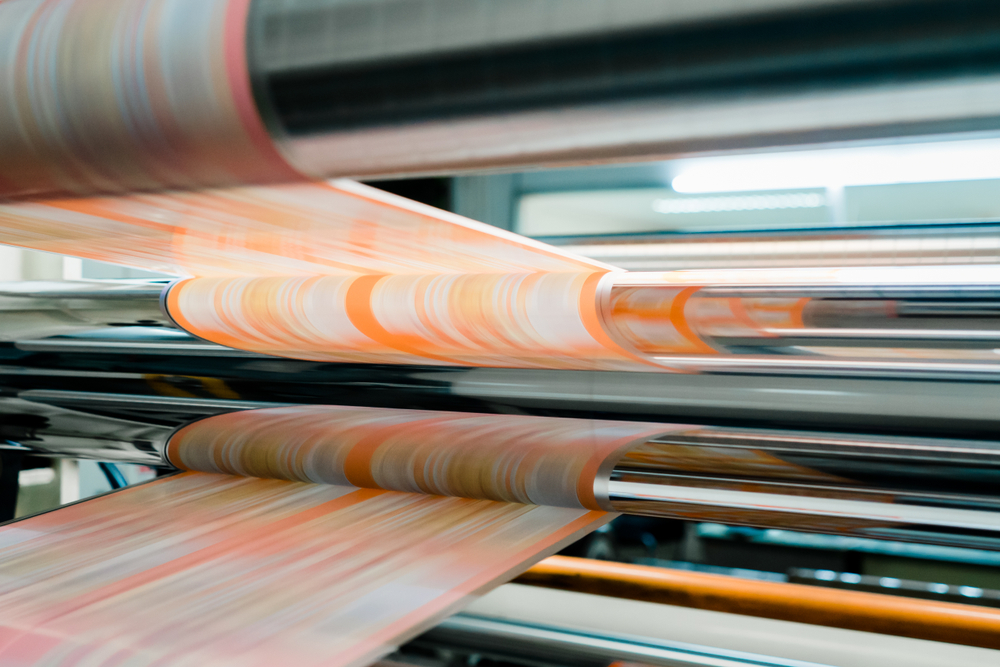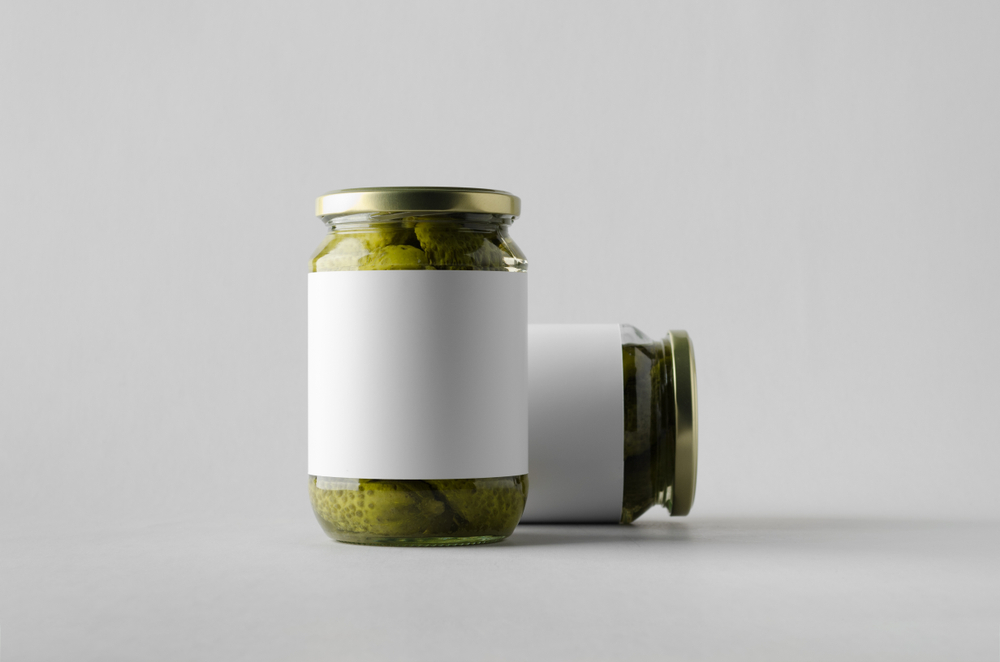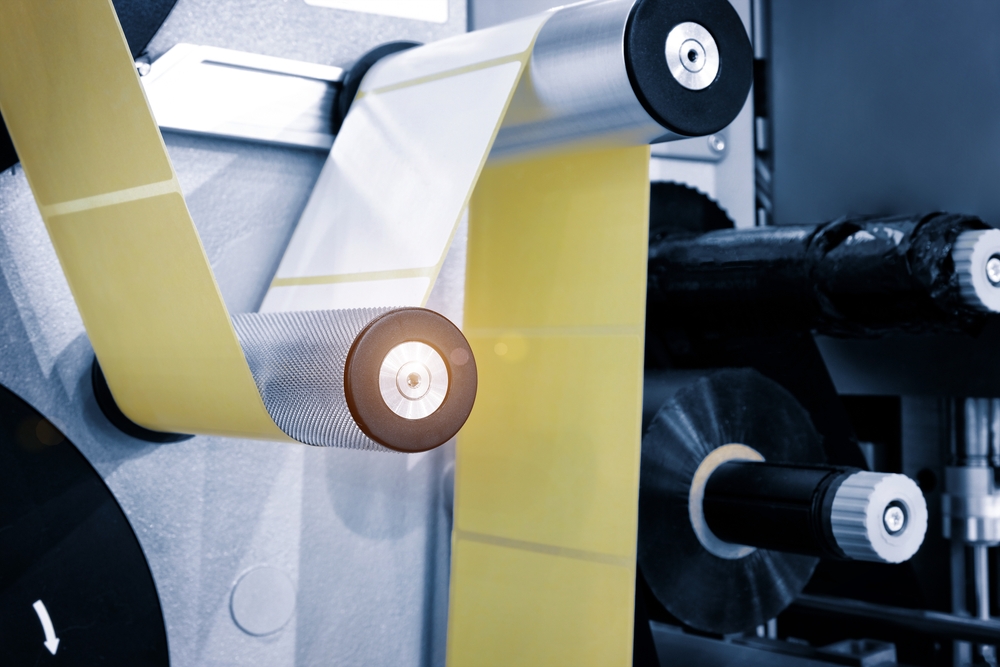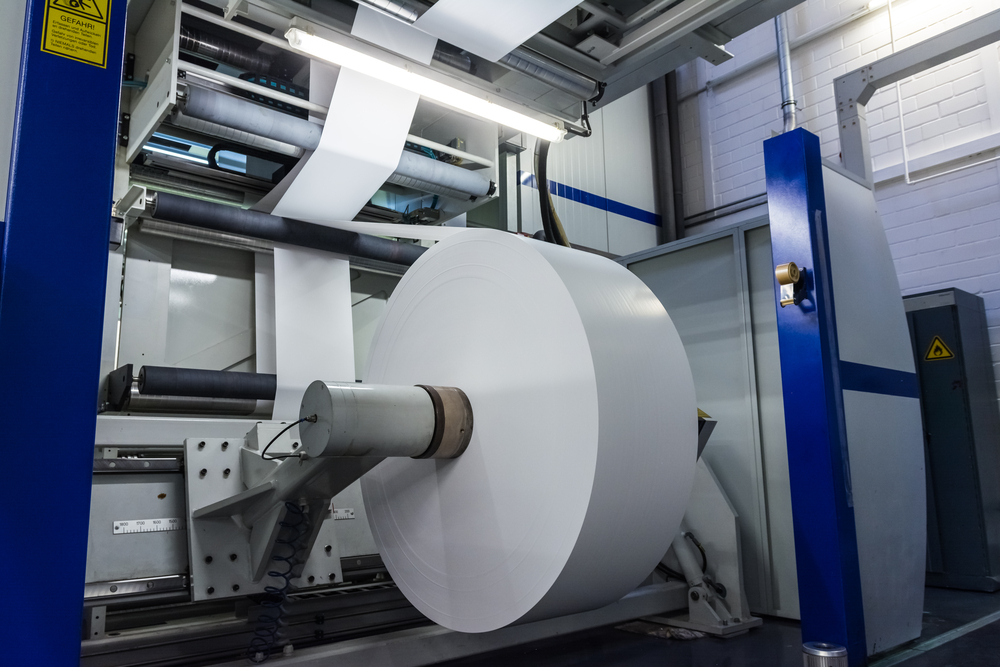Which Label Material is Best for Your Product?
Labels play a huge role in the success of your products, influencing everything from your customers’ perceptions to complying with industry standards. Choosing the right label material isn’t just a minor detail—it’s an important decision that can affect your product’s durability, appearance, and overall success.
In this blog, we’ll explain why selecting the right label material is such an important decision. Whether you’re packaging food, drinks, pharmaceuticals, or consumer goods, understanding the different types of label materials and their unique properties will help you make the best choice. Let’s dive in!
The Pros and Cons of Each Label Material

Label material selection starts with understanding your options, as each label material has unique strengths and weaknesses:
Paper Labels
Paper is one of the most widely used base materials because of its versatility. Paper labels can be produced in a variety of finishes, such as matte, glossy, or textured, making them ideal for applications like product packaging, mailing labels, and promotional tags. Paper labels are cost-effective and easy to print on. However, they are less durable in harsh environments and are susceptible to tearing and water damage.
Film Labels
Film labels, made from synthetic materials like polypropylene, polyester, and vinyl, are known for their durability and resistance to harsh conditions. Are your products going to be exposed to moisture, chemicals, or extreme temperatures? If so, film labels are an excellent choice. Film labels are highly durable and resistant to tearing. They are also waterproof and chemical-resistant, offering excellent print quality and clarity. However, film labels are usually more expensive than paper labels and can be more challenging to apply on certain surfaces.
Specialty Labels
Specialty labels include a wide range of materials. This category includes foil labels, fabric labels, metallic labels, and environmentally friendly options like recycled materials. Brands use specialty labels when a product requires a unique appearance or has special product labeling needs—think luxury goods, apparel, and eco-friendly products. They can be customized for unique needs and can enhance brand perception. However, specialty labels are usually more expensive due to the need for specialized printing techniques and printing technology.
Factors to Consider When Selecting Label Materials
You should consider the following five factors when choosing a label material:
Environmental Conditions
It’s important to consider the conditions your labels will be exposed to. For supplies exposed to extreme temperatures, you should choose materials that can withstand high or low heat without deteriorating. Moisture is another factor; labels used in humid or wet conditions should be water-resistant. If your labels will be exposed to sunlight, UV-resistant materials are necessary to prevent fading.
Application Surface
The surface your label will be applied to is also significant. Smooth surfaces like glass or plastic usually allow for a broader range of label materials. However, rough or textured surfaces might require more flexible or stronger adhesives to make sure the label sticks properly. You should consider testing different label materials on your products to make sure they will work.
Adhesive Strength
Choosing the right adhesive is just as important as choosing the label material itself. You may need permanent adhesives that keep your labels in place indefinitely or removable adhesives that allow labels to be peeled off without leaving residue. The application process also matters; some adhesive labels work better when applied at specific temperatures.
Durability Requirements
How long do you need your labels to last? What conditions do they need to withstand? Durable materials like film labels are ideal for products that need to last a long time, such as those in harsh environments or with high wear and tear. Choosing materials that offer high resistance to scratches and scuffs will help maintain their appearance and readability over time.
Regulatory and Compliance Considerations
Some industries have specific regulatory requirements for labeling. For example, labels on food products must comply with FDA regulations, while industrial labels might need to meet safety standards like UL certification. Making sure your labels meet these requirements is crucial for legal compliance and consumer safety.
The Impact of Label Material on Your Branding and Marketing

The material you choose for your product labels doesn’t just affect their durability and functionality; it also plays a role in your branding and marketing efforts. The right label material can enhance your product’s appeal, create a positive experience, and even reflect your brand’s commitment to sustainability:
Aesthetics
A beautiful label can attract customers and make your product stand out on the shelf. Different materials can dramatically change the look of your labels. For example, glossy paper labels provide a sleek, professional appearance. Matte finishes offer a more understated, elegant look. Film labels can deliver vibrant, high-quality prints that catch the eye, making them ideal for products that need to stand out. Specialty materials like foil or holographic labels can add a touch of luxury and sophistication.
Customer Experience
Labels also contribute to the overall customer experience. First impressions matter, and a well-designed, high-quality label can make your product more appealing to potential buyers. Beyond visual appeal, the tactile experience of your labels—how they feel to the touch—can also influence customer perceptions. For example, a textured label can convey a sense of craftsmanship and quality. Making your labels easy to read also improves customer satisfaction.
Sustainability
In today’s market, many consumers are increasingly concerned about the environmental impact of the products they purchase. Choosing eco-friendly label materials can reflect positively on your brand and appeal to environmentally conscious customers. Options like recycled paper, biodegradable materials, and sustainably sourced films can help reduce your ecological footprint. Highlighting these choices on your packaging can enhance your brand image, showcasing your commitment to sustainability.
FAQs on Label Materials
What is the best label material for products exposed to moisture?
For products that will be exposed to moisture, like beverages or bath products, film labels are an excellent choice. Materials like polypropylene or vinyl offer excellent water resistance, keeping your labels intact and legible even in wet conditions.
How do I choose the right adhesive for my labels?
The right adhesive depends on your needs. If you need labels that will stay in place permanently, a strong permanent adhesive is ideal. For temporary applications, like promotional stickers or labels that need to be removed without residue, a removable adhesive works best. Discuss your application environment with us to help us determine the best adhesive for your labels.
Can I get eco-friendly labels for my products?
Yes, we offer a variety of eco-friendly label options, including recycled paper, biodegradable materials, and sustainably sourced films. These materials can help reduce your environmental footprint and appeal to environmentally conscious consumers.
Which label material should I use for products exposed to extreme temperatures?
For products that will face extreme temperatures, like frozen foods or industrial equipment, we recommend durable film labels made from materials like polyester. These labels can withstand both high and low temperatures without degrading.
How can I make sure my labels meet industry regulations?
Different industries have specific labeling requirements. Our team is experienced in navigating these regulations and can help you choose materials and designs that comply with standards such as FDA regulations for food products or UL certification for safety labels.
What’s the difference between glossy and matte finishes?
Glossy finishes provide a shiny, reflective surface that can make colors pop and enhance the visual appeal of your labels. Matte finishes, on the other hand, offer a subtler, elegant look that reduces glare and can be easier to read under bright lighting.
How do I test different label materials before making a final decision?
We recommend ordering our sample kits that include a variety of label materials and adhesives. Testing these samples on your actual products in their intended environment can help you pick the best options. Our team can also provide guidance and support during this testing phase to help you make your decision.
Can you help with custom label designs?
Yes! Our design team can work with you to create custom labels that meet your specific requirements and reflect your brand’s identity. From choosing the right materials to designing the perfect look, we’re here to help you.
Contact Mammoth Labels & Packaging Today

Labeling Plays an Important Role in Your Product’s Success
Ready to find the best label material for your products? Contact Mammoth Labels & Packaging today for expert advice and customized solutions. We can help you choose the best materials to enhance your product’s durability and appeal.


